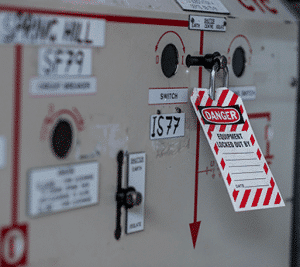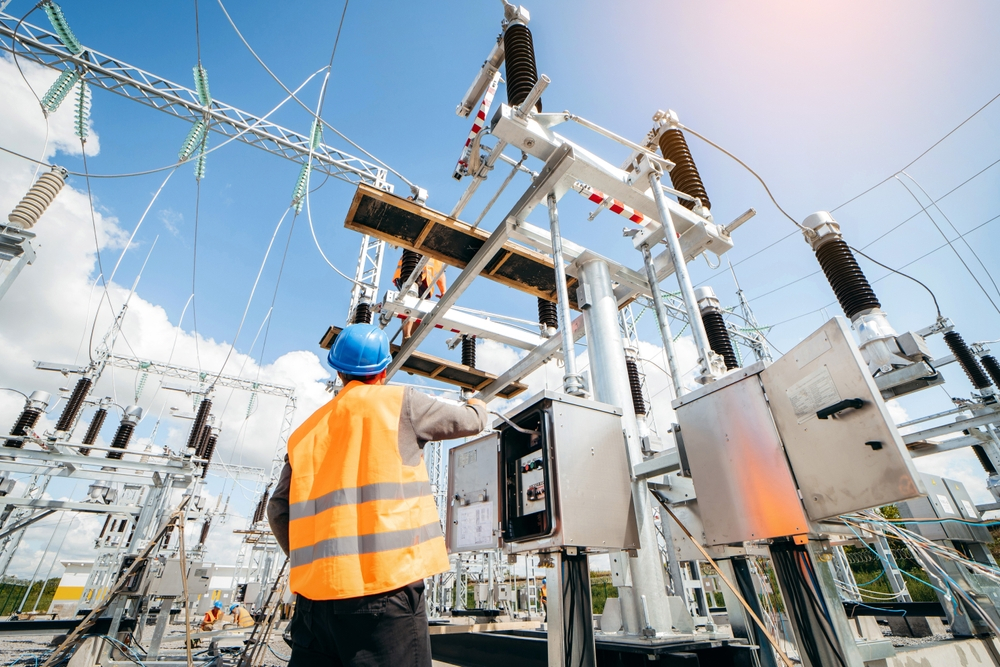The Buzz on Roar Solutions
The Buzz on Roar Solutions
Blog Article
Roar Solutions for Beginners
Table of ContentsThe Basic Principles Of Roar Solutions The smart Trick of Roar Solutions That Nobody is Talking AboutIndicators on Roar Solutions You Need To Know
In such an ambience a fire or explosion is possible when 3 fundamental conditions are met. This is usually described as the "hazardous area" or "combustion" triangular. In order to protect installments from a prospective explosion a technique of analysing and identifying a potentially unsafe location is required. The objective of this is to guarantee the appropriate selection and installation of devices to eventually prevent an explosion and to make certain safety and security of life.
(https://www.metooo.io/u/roarsolutions)
No equipment should be installed where the surface temperature level of the equipment is more than the ignition temperature of the offered risk. Below are some typical dust harmful and their minimal ignition temperature level. Coal Dirt 380C 225C Polythene 420C (melts) Methyl Cellulose 420C 320C Starch 460C 435C Flour 490C 340C Sugar 490C 460C Grain Dust 510C 300C Phenolic Resin 530C > 450C Aluminium 590C > 450C PVC 700C > 450C Soot 810C 570C The chance of the threat existing in a concentration high adequate to cause an ignition will differ from area to location.
In order to categorize this risk a setup is split into locations of threat depending upon the amount of time the dangerous is present. These locations are referred to as Zones. For gases and vapours and dusts and fibers there are three areas. Zone 0 Zone 20 A dangerous environment is highly likely to be existing and might be present for extended periods of time (> 1000 hours each year) or perhaps continually Area 1 Area 21 A dangerous atmosphere is possible however unlikely to be existing for extended periods of time (> 10 450 C [842 F] A category of T6 means the minimum ignition temperature level is > 85 C [185 F] Unsafe area electrical equipment possibly developed for use in greater ambient temperatures. This would certainly suggested on the ranking plate e.g. EExe II C T3 Ta + 60C( This indicates at 60C ambient T3 will certainly not be exceeded) T1 T1, T2, T3, T4, T5, T6 T2 T2, T3, T4, T5, T6 T3 T3, T4, T5, T6 T4 T4, T5, T6 T5 T5, T6 T6 T6 A T Course rating of T1 suggests the optimum surface temperature created by the instrument at 40 C is 450 C. Assuming the linked T Course and Temperature score for the devices are suitable for the location, you can constantly utilize a tool with a more stringent Division score than required for the location. There isn't a clear response to this inquiry. It really does rely on the kind of equipment and what fixings need to be performed. Equipment with certain test procedures that can not be carried out in the area in order to achieve/maintain 3rd party score. Should return to the manufacturing facility if it is before the tools's service. Field Fixing By Authorised Personnel: Challenging screening may not be needed nonetheless specific procedures might require to be followed in order for the equipment to keep its 3rd party score. Authorized employees must be employed to carry out the work properly Fixing must be a like for like replacement. New element must be taken into consideration as a straight substitute calling for no unique screening of the tools after the repair work is total. Each tool with an unsafe ranking should be evaluated independently. These are outlined at a high degree listed below, however, for even more in-depth information, please refer directly to the guidelines.
The Ultimate Guide To Roar Solutions
The devices register is a detailed data source of tools documents that includes a minimum set of fields to identify each item's area, technical criteria, Ex-spouse classification, age, and ecological data. The ratio of Thorough to Shut assessments will be figured out by the Devices Threat, which is analyzed based on ignition risk (the chance of a resource of ignition versus the probability of a combustible atmosphere )and the unsafe location category
( Zone 0, 1, or 2). Implementing a robust Risk-Based Inspection( RBI )approach is this content important for ensuring conformity and security in taking care of Electric Devices in Hazardous Areas( EEHA).
Roar Solutions Fundamentals Explained

In terms of explosive threat, a dangerous area is an atmosphere in which an explosive environment exists (or may be expected to be present) in amounts that need special precautions for the building, installation and use of devices. eeha courses. In this short article we check out the challenges encountered in the work environment, the risk control measures, and the called for proficiencies to work safely
It issues of modern life that we make, keep or take care of a variety of gases or liquids that are regarded flammable, and a series of dirts that are regarded flammable. These compounds can, in certain problems, develop eruptive environments and these can have significant and heartbreaking effects. The majority of us know with the fire triangular remove any type of among the three aspects and the fire can not take place, but what does this mean in the context of unsafe areas? When breaking this down right into its easiest terms it is essentially: a mix of a certain quantity of release or leak of a particular substance or material, combining with ambient oxygen, and the existence of a source of ignition.
In many circumstances, we can do little concerning the degrees of oxygen airborne, yet we can have significant influence on sources of ignition, for example electric tools. Unsafe areas are documented on the unsafe location classification illustration and are identified on-site by the triangular "EX" indicator. Below, amongst other vital information, zones are split into 3 kinds depending on the danger, the chance and period that an eruptive atmosphere will exist; Zone 0 or 20 is considered one of the most unsafe and Area 2 or 22 is regarded the least.
Report this page